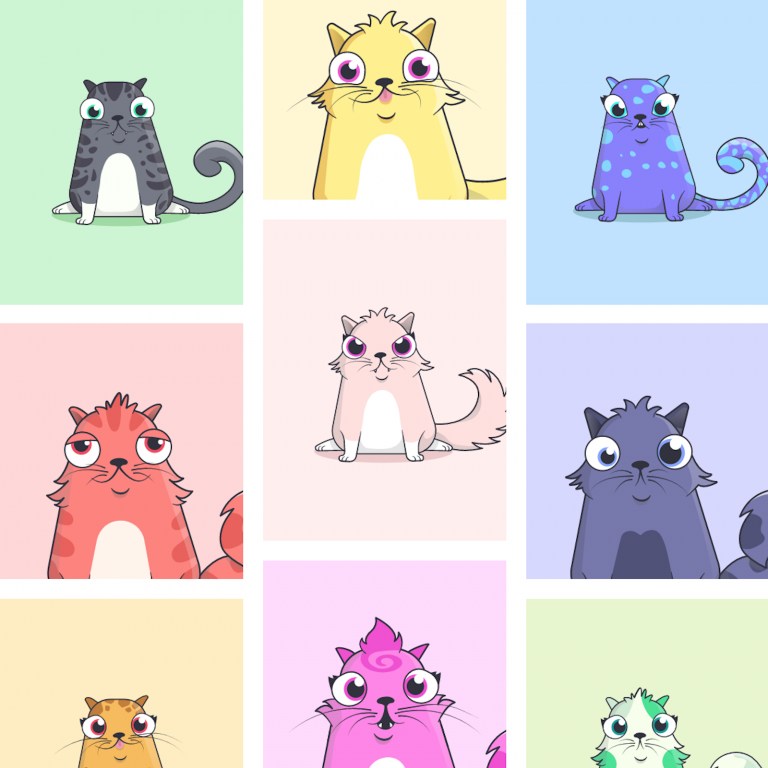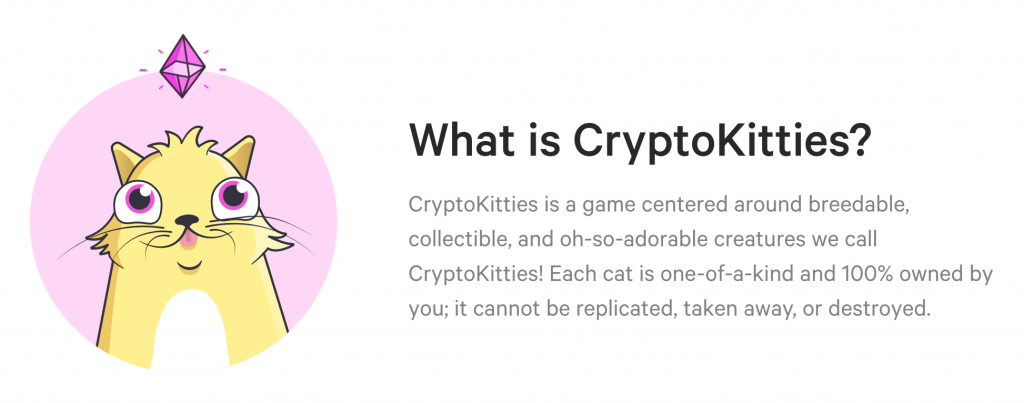
Two words: Crypto Kitties. Last week’s feel-good story, infused with the perfect blend of cute, kitsch, and crazy, was all about “breedable digital babies” – virtual cats which exist on the ethereum network. Their viral success – and that of similar projects such as rare pepe blockchain cards – are innovative instances of digital art. Could collectibles with built-in digital scarcity be the future of online art?
See also: Rare Pepe Blockchain Cards Have Produced More Value Than Most ICOs
Scarcity is Becoming Common
Scarcity is a concept that anyone with a grounding in bitcoin will be familiar with. It is the scarcity of bitcoin, with its fixed supply of 21 million coins, that has helped send the digital currency to record highs. If new bitcoins were issued every 10 minutes for perpetuity, it is unlikely the world would be in such a frenzy to catch them while they can.
With digital scarcity as a concept now firmly seeded, the rise of collectible art – essentially images whose ownership is tied to a singular blockchain address – should come as no surprise. It would be easy to dismiss projects such as Crypto Kitties and rare Pepe cards as Beanie Babies for geeks, but these novelty concepts may just be the tip of the tail. Should blockchain-based digital art become normalized, it will be thanks to viral projects such as these.

Rewarding Artists and Creating Collectors
As any artist will assert, making a living on an internet rife with plagiarized, screen-grabbed images is difficult. Buyers have no incentive to pay for art when they can simply right click and “save as”. Collecting physical art in the real world, meanwhile, is limited to a monied, well-connected, and typically conservative audience that is the antithesis of the sort that might consider splurging $115,000 on the genesis cat, as one buyer did last week.

But just as cryptocurrencies are bringing investment opportunities to a disenfranchised audience, there are signs that blockchain-based art could do the same, making collectible art accessible to all. It’s not all about dank memes either: DADA.nyc is a decentralized digital art marketplace populated with limited edition drawings that have tiers of scarcity, ranging from common to extremely rare. Buyers can purchase these creations using ethereum. The project’s founder, Beatriz Helena Ramos, said:
People often save or screenshot art online with little consideration of the work that has gone into the art or how the artist is remunerated. By integrating blockchain into digital art we can reshape people’s views towards digital artwork and with it instil financial value, and create a new market for digital art, helping out artists all over the world.
DADA has released 100 limited edition original drawings, each of which has a corresponding token ID which is used to transfer ownership. The project draws inspiration from Cryptopunks, another collectible project in which each piece of digital art has a corresponding token to provide verifiable proof of ownership. DADA has taken this a step further by using its tokenized model as a means of asserting the artist’s intellectual property. In this model the token is needed to prove ownership of a particular artwork, even though the actual picture, sound file or text can still be copied.
Blockchain All The Things
Many of the blockchain projects that have been launched in the past year, often via an ICO, seem to be solutions in search of a problem. Given the issues of forgery and theft that are endemic to the traditional art world, however, blockchain’s ability to prove ownership and verify transfer from seller to buyer is invaluable. Blockchain has huge potential for trading physical assets such as art, which can be pegged to a token representative of its value and transferred without leaving the vault it’s stored in.

But it is digital art that is proving to have the strongest use case for the blockchain. Regardless of whether rare Pepes, Curio Cards, and other offshoots of The Meme Economy have a long-term future, right now they’re big business. Over $1 million has been invested in Crypto Kitties so far, which has gotten so popular that it now accounts for 11% of all transactions on the ethereum network, more than any other application. Founder cats which have been trading for a premium include Schrodinger’s Pussy and Chairman Meow.
The runaway success of these projects also points towards other uses for the blockchain, not only in terms of digital art, but also for modular trading platforms or video game bolt-ons which enable players to own their in-game characters. Adorable cats and foul frogs may be only the beginning.
Do you think blockchain-based collectibles have any intrinsic value? Let us know in the comments section below.
Images courtesy of Crypto Kitties, DADA, and Boris Toledo Doorm.
Make sure you do not miss any important Bitcoin-related news! Follow our news feed any which way you prefer; via Twitter, Facebook, Telegram, RSS or email (scroll down to the bottom of this page to subscribe). We’ve got daily, weekly and quarterly summaries in newsletter form. Bitcoin never sleeps. Neither do we.
The post Blockchain-Based Digital Art – Passing Fad or the Next Big Thing? appeared first on Bitcoin News.
